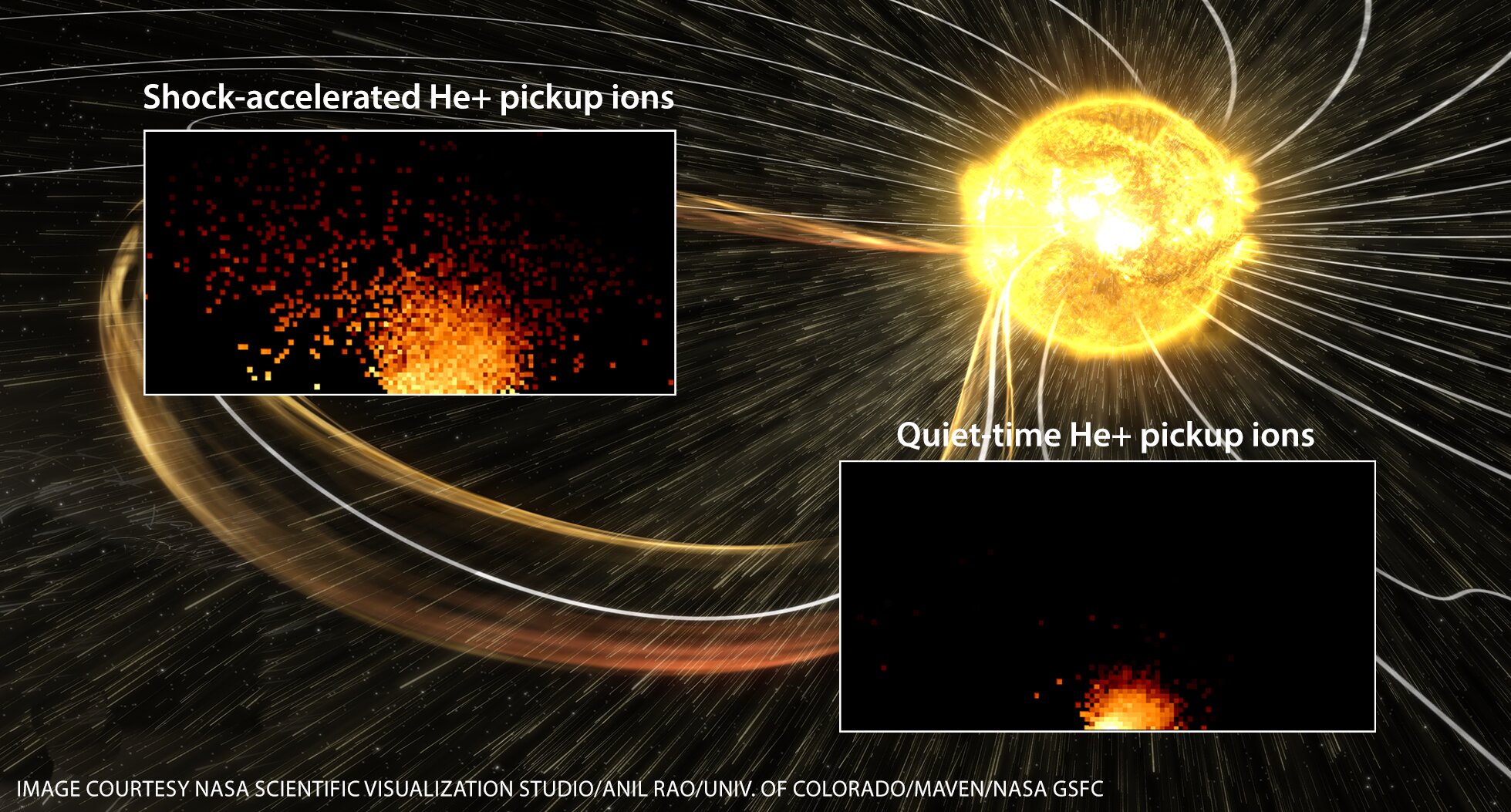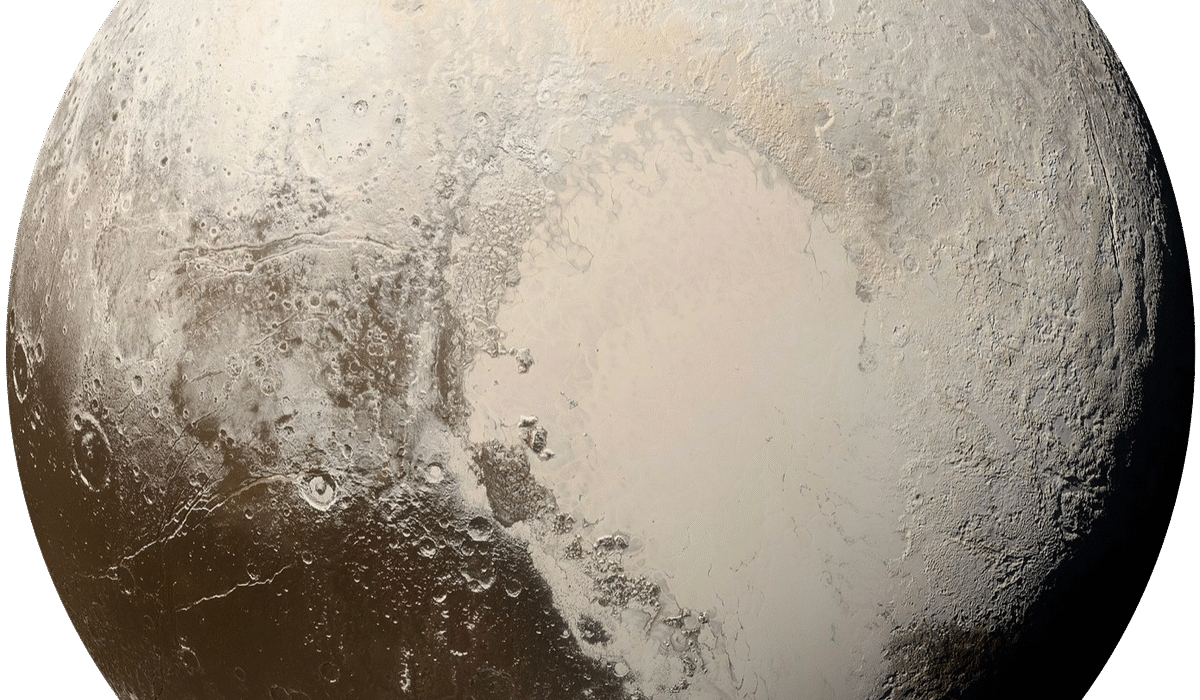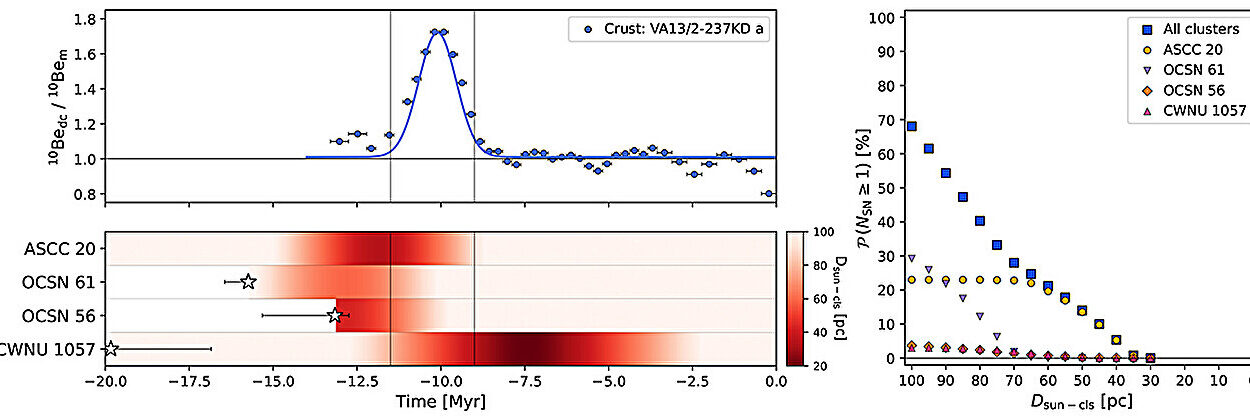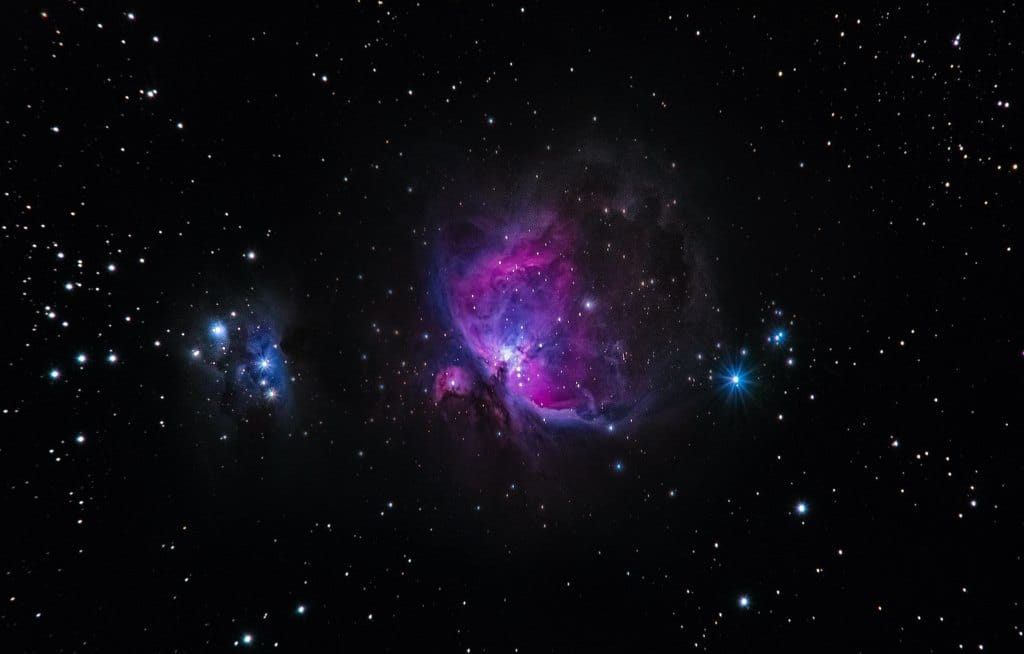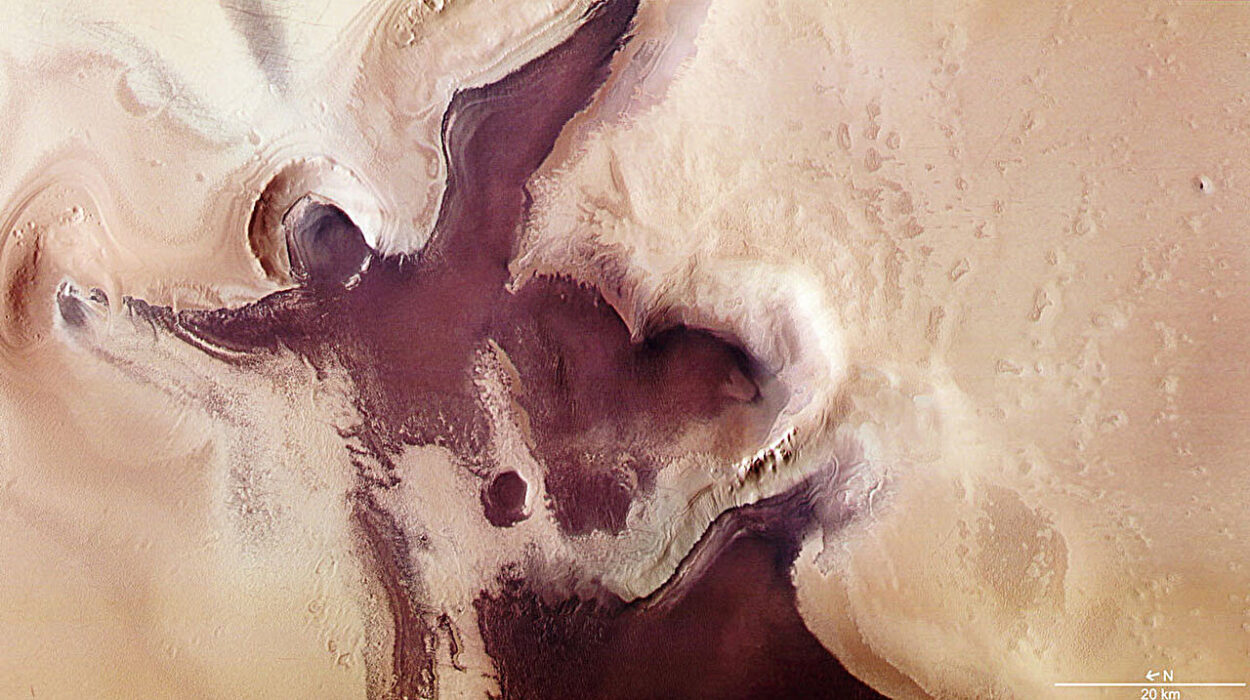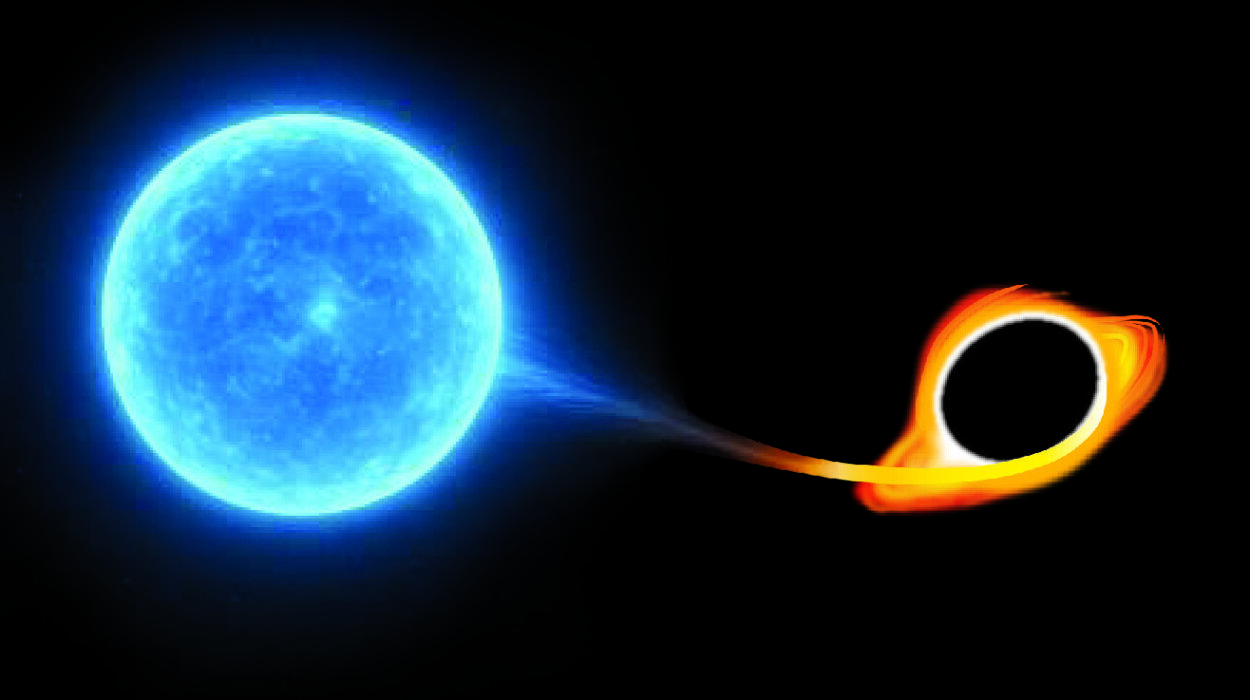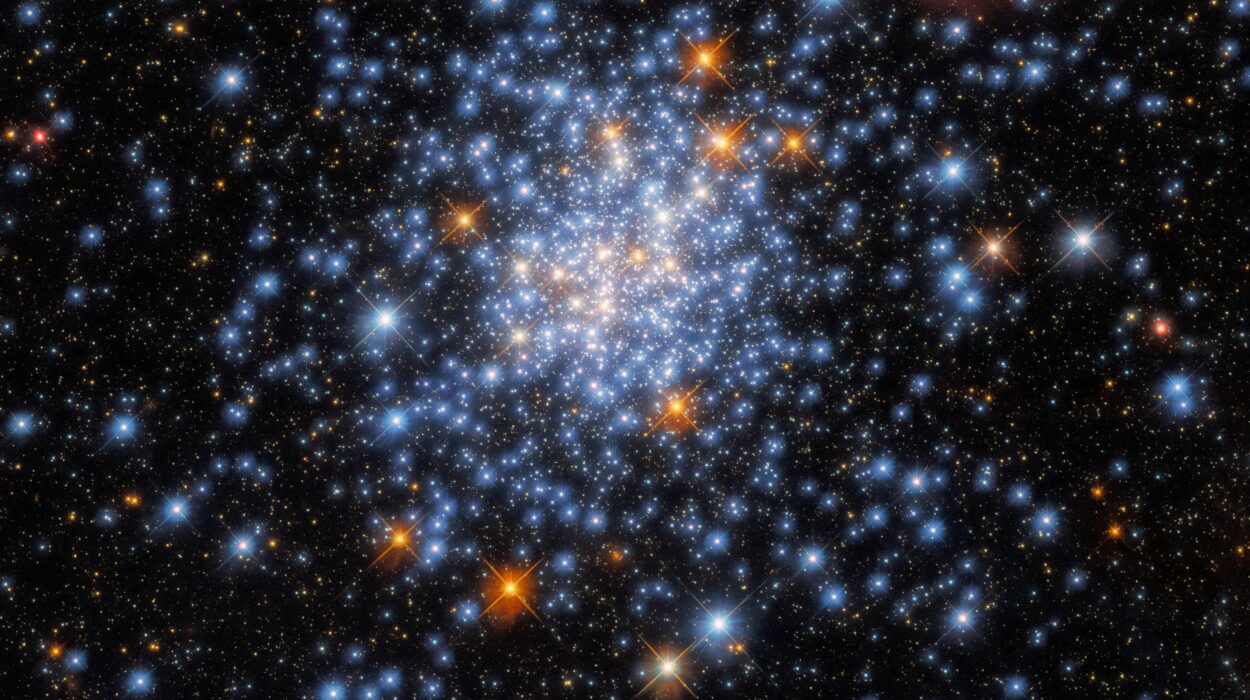Every day, our solar system is bathed in a quiet, invisible rain of particles that don’t come from the Sun, or the Earth, or even any nearby planet. These are neutral atoms born in the vast spaces between stars—interstellar travelers drifting into our neighborhood, untouched by electric or magnetic fields. As they slip past the protective heliosphere, they meet a much more active world: a roiling sea of plasma driven by the Sun’s fury.
There, under the influence of solar ultraviolet radiation, these neutrals are zapped into ions—charged particles that suddenly find themselves subject to the whims of the interplanetary magnetic field. In this moment of transformation, a “pickup ion” is born.
And thanks to new research by scientists at the Southwest Research Institute (SwRI), led by Dr. Keiichi Ogasawara, we now understand that these humble interstellar stowaways may be key players in one of the most energetic and dangerous processes in the solar system: the creation of solar energetic particles (SEPs).
Their findings, published in The Astrophysical Journal, suggest that these newly ionized helium atoms—called helium pickup ions—aren’t just passive passengers in the solar wind. Under the right solar conditions, they can become accelerated, energized, and weaponized, riding waves of shock through space at astonishing speeds.
The Pickup Ion Phenomenon: A Cosmic Passport Stamp
The journey of a pickup ion begins in the outer heliosphere, the vast bubble of solar influence that shields us from the raw power of interstellar space. Helium atoms, born in far-off regions between the stars, drift into the solar system as part of the neutral interstellar gas. These atoms are invisible to the Sun’s magnetic reach—until a photon of solar ultraviolet light hits them.
When that happens, the formerly neutral helium atom is stripped of an electron, transforming into a positively charged ion. This newborn helium ion is immediately snared by the magnetic web of the solar wind—a high-speed stream of plasma blowing outward from the Sun’s corona. Because the ion was previously at rest relative to the solar wind, it suddenly finds itself in a fast-moving current and begins gyrating along magnetic field lines, forming a characteristic ring distribution in velocity space.
But that’s just the beginning.
From Gentle Drifters to Supercharged Sprinters
Dr. Ogasawara and his team at SwRI have revealed that the story of helium pickup ions doesn’t stop with their initial capture. Under certain solar conditions—especially during explosive events like coronal mass ejections (CMEs)—these ions can be accelerated to much higher energies, far beyond their original pickup speed.
“The velocity distribution of pickup ions is quite different from that of the solar wind,” said Ogasawara. “They can be twice as fast as the solar wind even during relatively quiet times. Because of this difference, pickup ions are more effectively accelerated to even higher energies than normal solar wind particles.”
This discovery overturns previous assumptions that pickup ions were mere background players in the heliospheric drama. Instead, they may be key seeds in the birth of solar energetic particles—fast-moving protons, electrons, and heavy ions that pose serious hazards to spacecraft, satellites, and astronauts.
Using data from NASA’s Solar TErrestrial RElations Observatory (STEREO), the SwRI team tracked the behavior of helium pickup ions during multiple CME events. They found that these particles are especially sensitive to the kind of shock waves that form when fast-moving solar wind plows into slower-moving streams. These interplanetary shocks act as particle accelerators, transferring kinetic energy into the particles riding along with them.
Into the Heart of a Solar Storm
To study these processes in detail, Ogasawara’s team developed a novel method for analyzing how pickup ions evolve as they encounter various structures in the heliosphere—the vast, dynamic region dominated by solar activity. Their approach allowed them to separate the processes that increase, decrease, or maintain a particle’s energy as it travels.
In particular, they examined:
- The shock fronts ahead of CMEs, where solar wind particles are abruptly compressed and energized.
- The turbulent sheath regions between the CME and the undisturbed solar wind, filled with swirling magnetic eddies.
- The large-scale magnetic structures sculpted by the Sun’s rotation and outflows.
“We carefully identified the specific properties of the ions and used them to trace the physical energy transfer processes,” Ogasawara explained. “We also considered the roles played by different types of interplanetary shocks.”
By correlating the velocity of helium pickup ions with the orientation of local magnetic fields, the team was able to identify distinct acceleration patterns. This is a major breakthrough because, while SEPs have been studied for decades, the actual identity of the particles that become SEPs—and how they’re preconditioned before acceleration—has remained a mystery.
A New Source for Solar Energetic Particles
One of the most tantalizing findings from this research is that helium pickup ions appear to be a significant source population for SEPs. In other words, before a particle becomes a dangerously fast SEP capable of zipping through space and striking a spacecraft, it may have started as a slow-moving, neutral helium atom drifting in from interstellar space.
That’s a profound shift in our understanding.
Traditionally, models of SEP acceleration have focused on particles already present in the solar wind or in the corona. But helium pickup ions, with their unique velocities and distributions, provide a more favorable starting point for acceleration. They arrive pre-loaded with extra kinetic energy, making it easier for shock waves to boost them to even higher speeds.
This has enormous implications for space weather forecasting. Understanding when and how SEPs are generated is critical for planning human missions to the Moon, Mars, and beyond. High-energy particles from solar storms can damage electronics, degrade spacecraft materials, and pose severe radiation risks to astronauts.
The Physics of Energy Transfer in Space
At the heart of this discovery is a nuanced understanding of plasma physics—the study of charged particles and their interactions with magnetic fields. Pickup ions, unlike thermal solar wind ions, have a distinct non-Maxwellian velocity distribution. That means they don’t follow the smooth bell-curve of speeds typical of a hot gas. Instead, they form ring or shell distributions, making them more susceptible to resonance with electromagnetic waves and shock-driven acceleration.
In the swirling complexity of interplanetary space, these properties matter. The SwRI team showed that helium pickup ions are uniquely poised to absorb energy from passing shock waves—especially when the magnetic field orientation allows for quasi-parallel or quasi-perpendicular shocks, two distinct regimes of shock geometry.
These interactions are governed by subtle resonances between the particles and the fluctuations in magnetic fields—like a surfer catching the perfect wave. Once accelerated, these ions can reach energies of tens or even hundreds of MeV (mega-electron-volts), high enough to penetrate deep into spacecraft and biological tissue.
Implications for the Future of Human Spaceflight
As NASA and other space agencies set their sights on crewed missions to Mars and long-term habitation on the Moon, understanding space radiation is no longer a purely academic concern—it’s a matter of astronaut health and mission success.
The SwRI findings give mission planners new tools for anticipating SEP events and understanding their severity. If pickup ions serve as the seeds for dangerous solar particles, monitoring their behavior in real-time could provide early warnings of when and where radiation storms will occur.
Moreover, this research underscores the importance of interstellar interactions in shaping space weather. The particles that threaten astronauts on Mars may have started their journey light-years away, drifting silently into the solar system only to be awakened by the Sun’s fury.
Rewriting the Textbook on Particle Acceleration
Dr. Ogasawara’s work opens a new frontier in heliospheric science. While pickup ions were once considered fringe actors—curious but secondary to the grand play of solar physics—this study elevates them to a starring role.
By connecting the dots between interstellar particles, solar UV radiation, pickup ion behavior, interplanetary shocks, and SEP acceleration, SwRI has constructed a compelling narrative of how energy flows through the solar system, shaping not just cosmic rays and solar storms but also the safety of our future in space.
And in doing so, they’ve shown that some of the most powerful actors in the heliosphere begin their lives not in the Sun’s core, but in the cold quiet between the stars.
Reference: Keiichi 桂一 Ogasawara 小笠原 et al, Helium Pickup Ion Velocity Distributions Observed in Interplanetary Coronal Mass Ejection Structures, The Astrophysical Journal (2025). DOI: 10.3847/1538-4357/adb1b4
